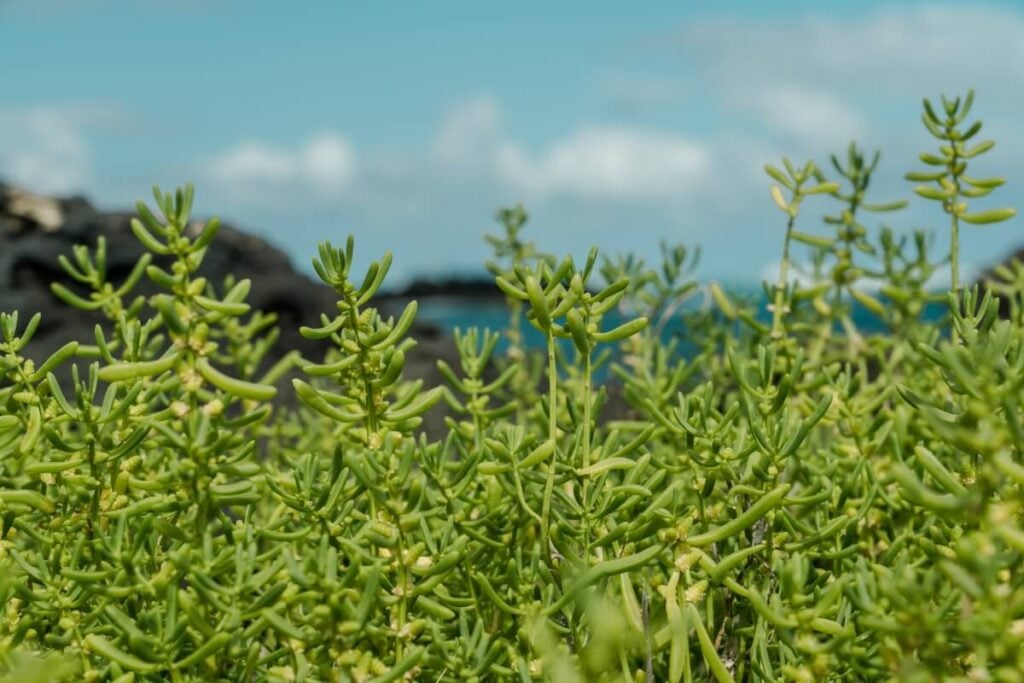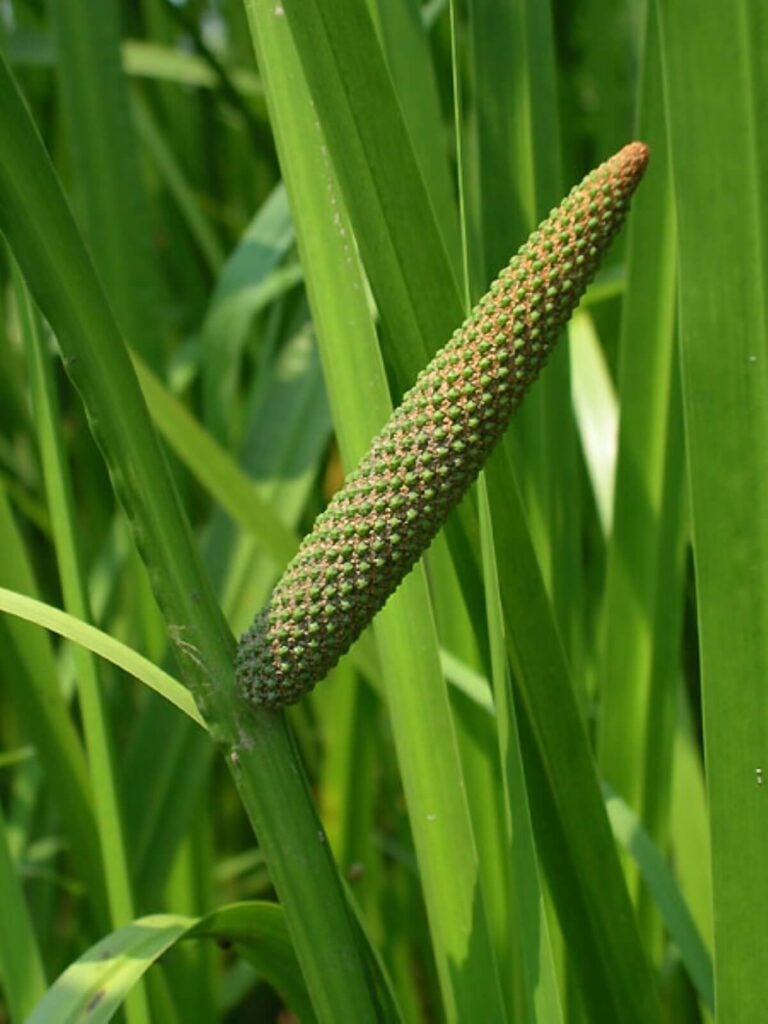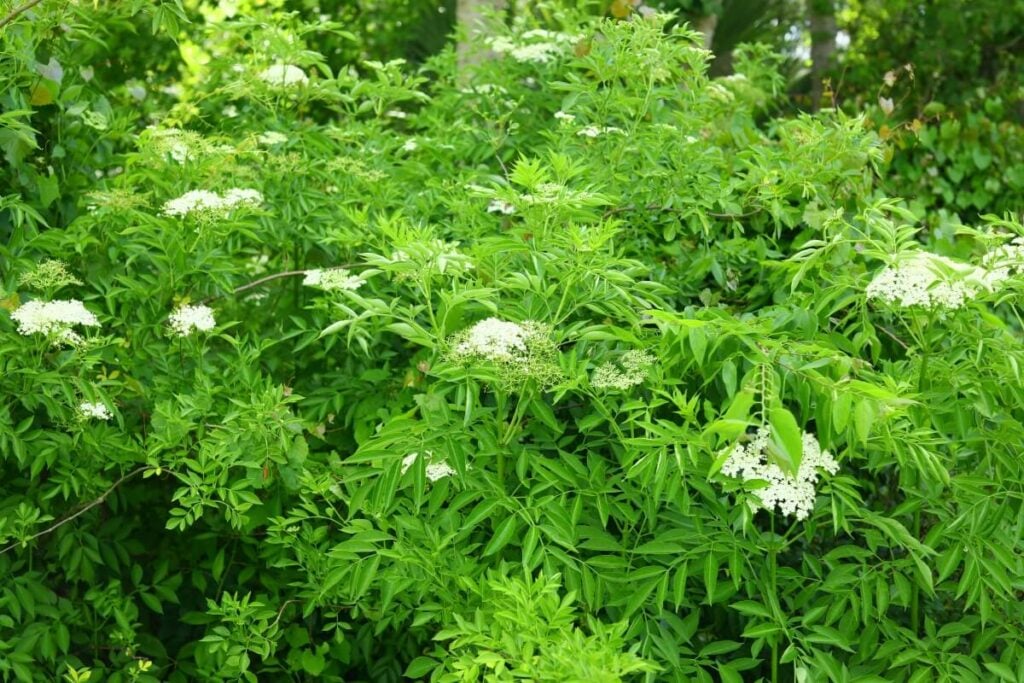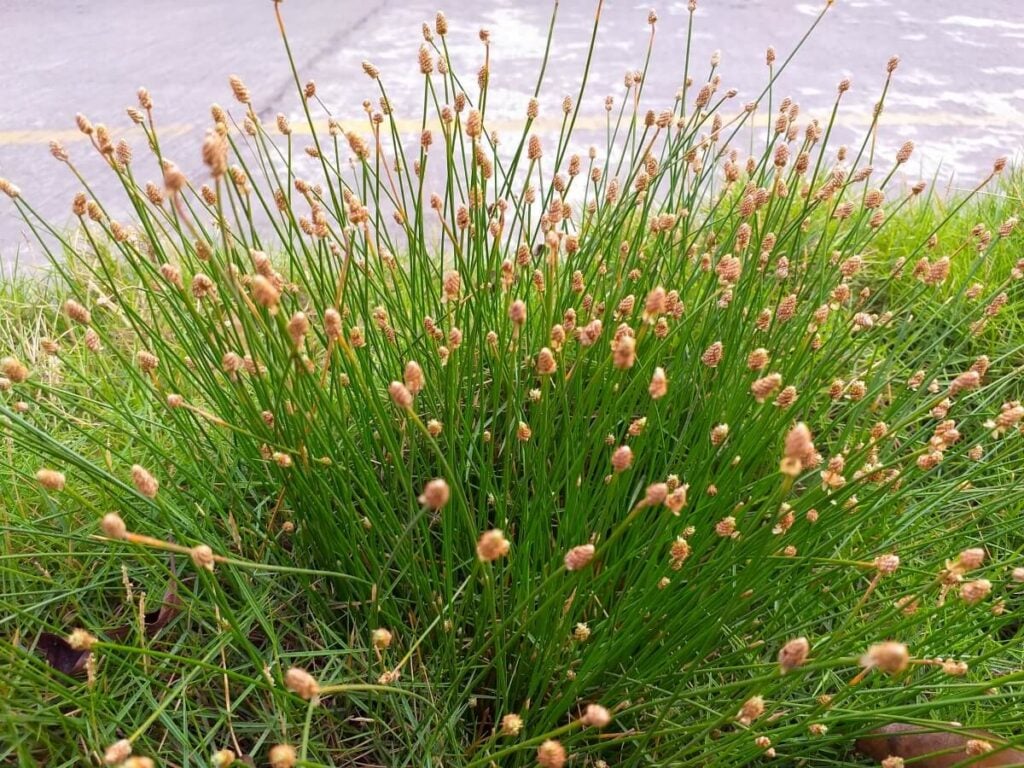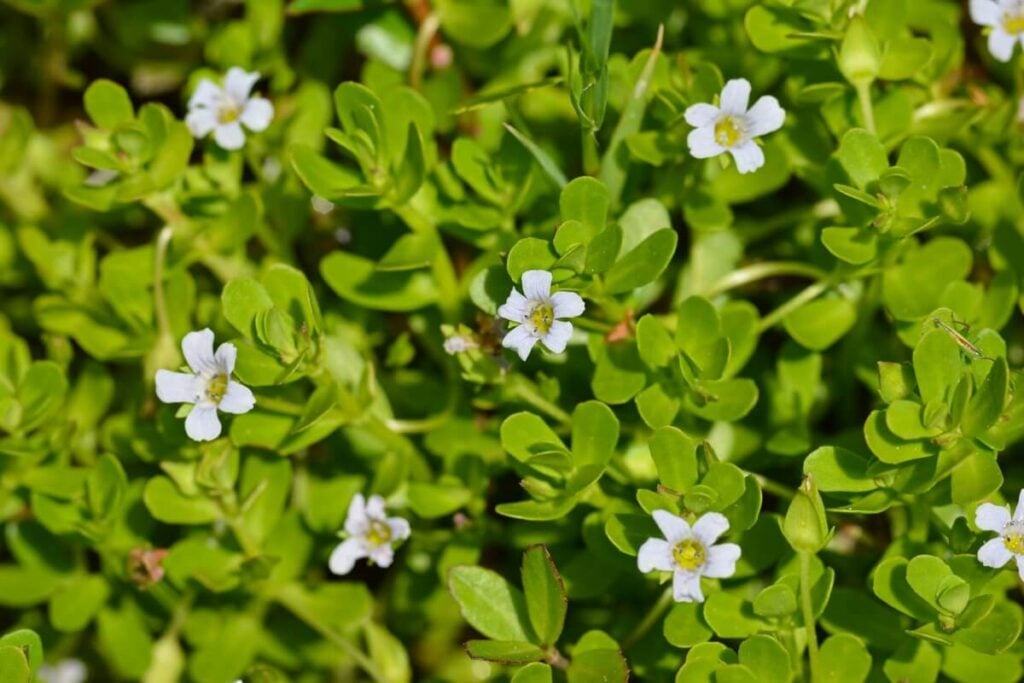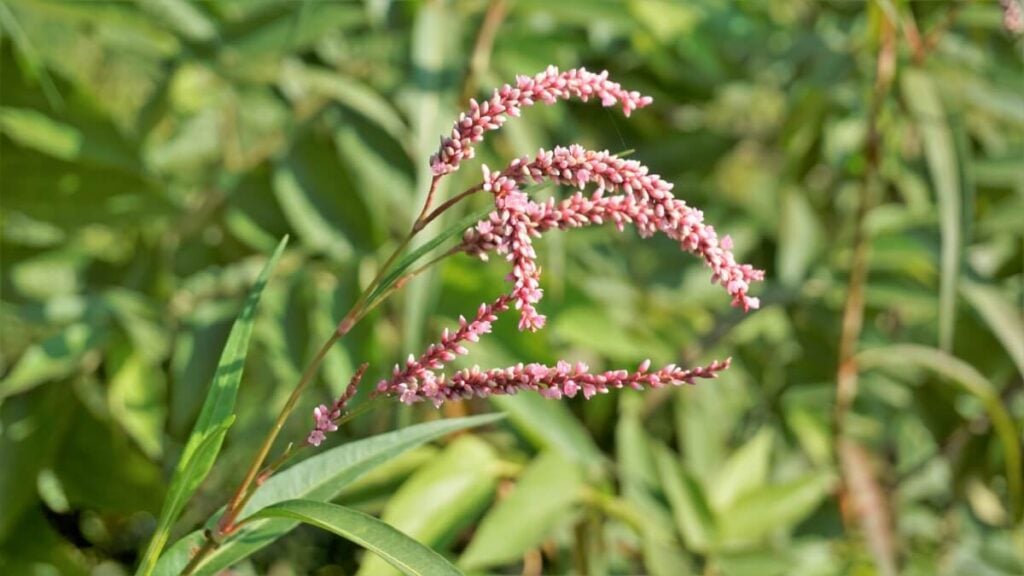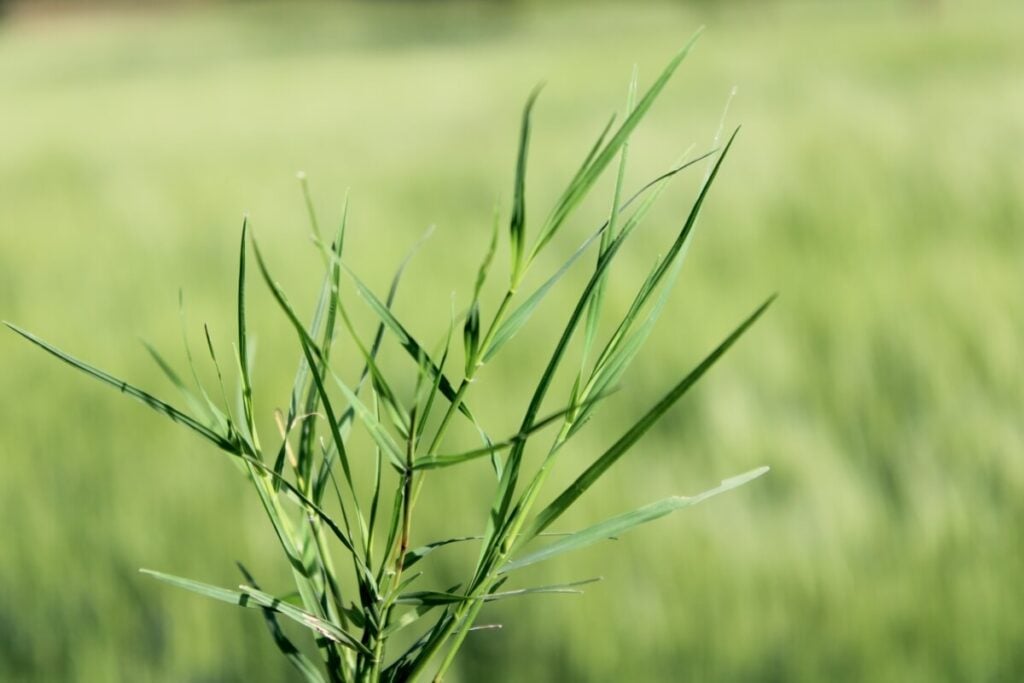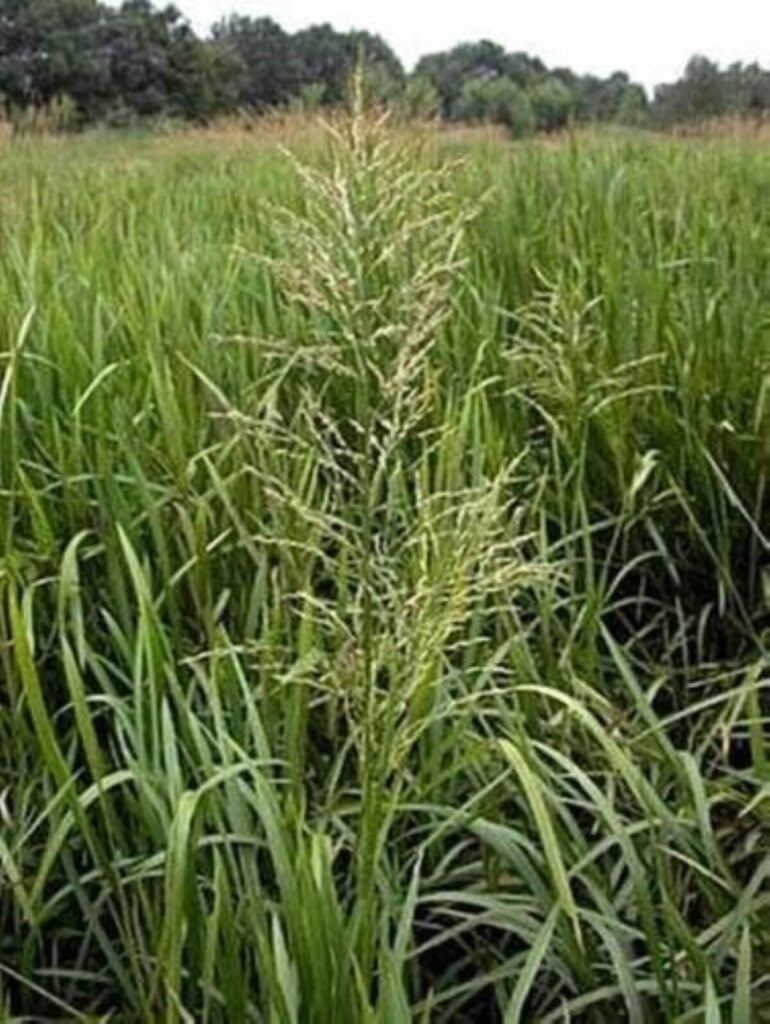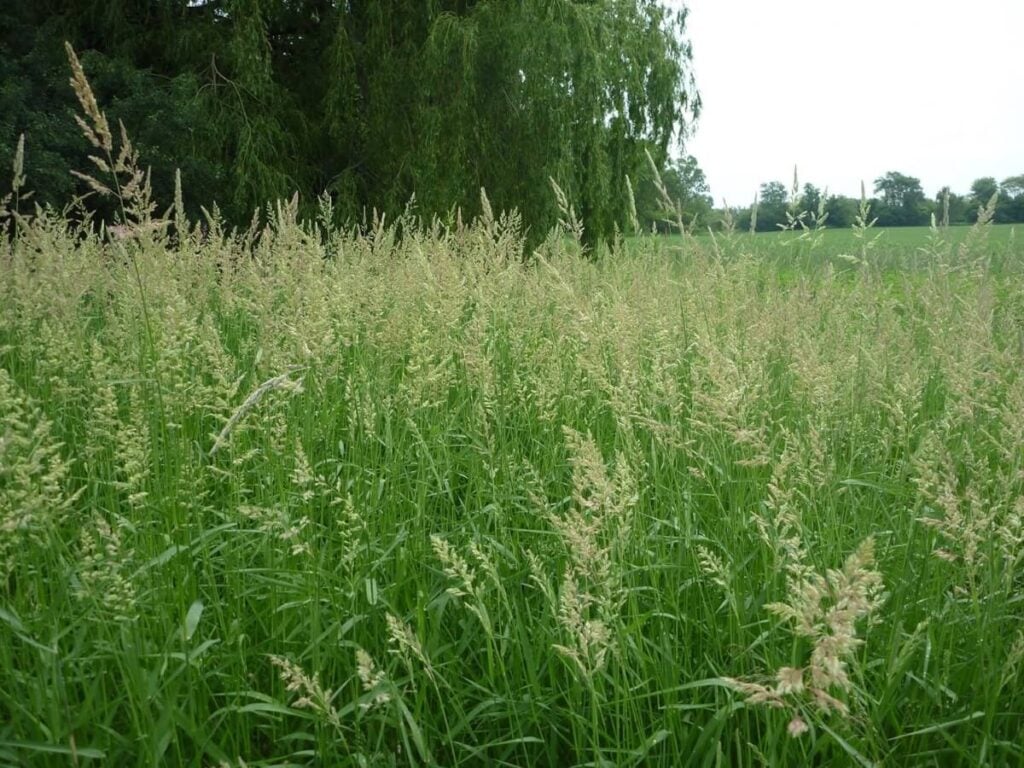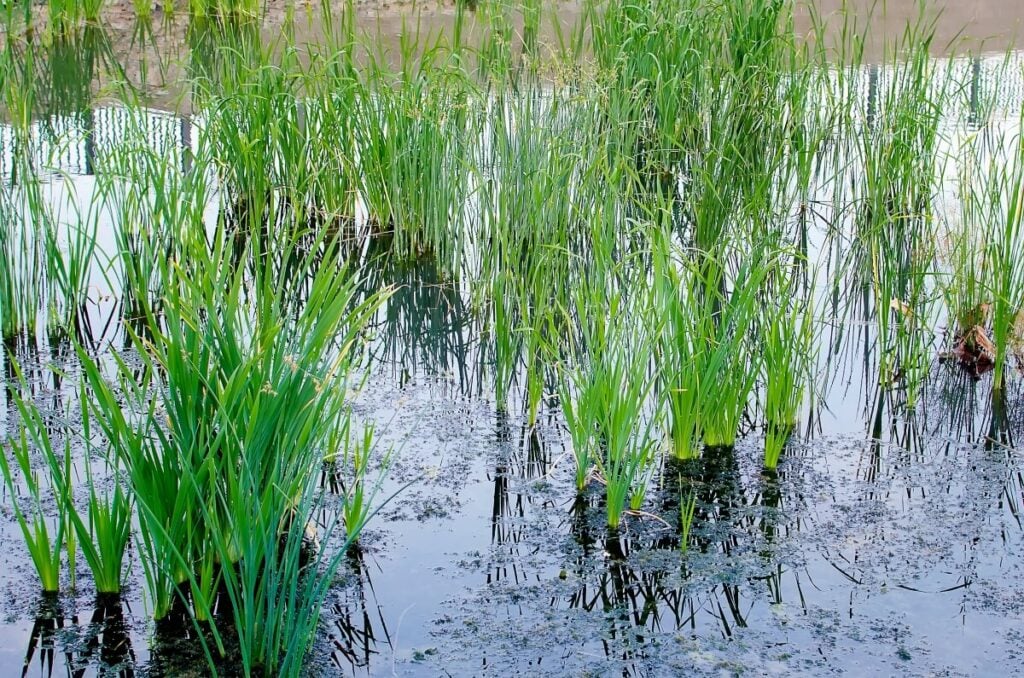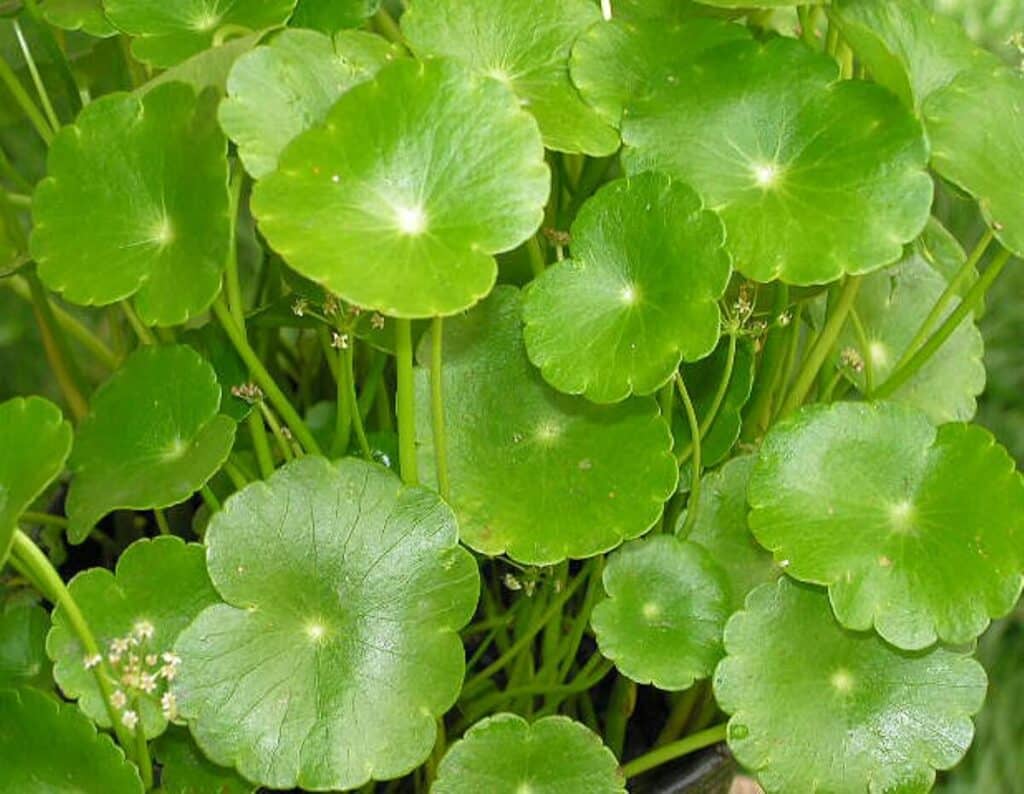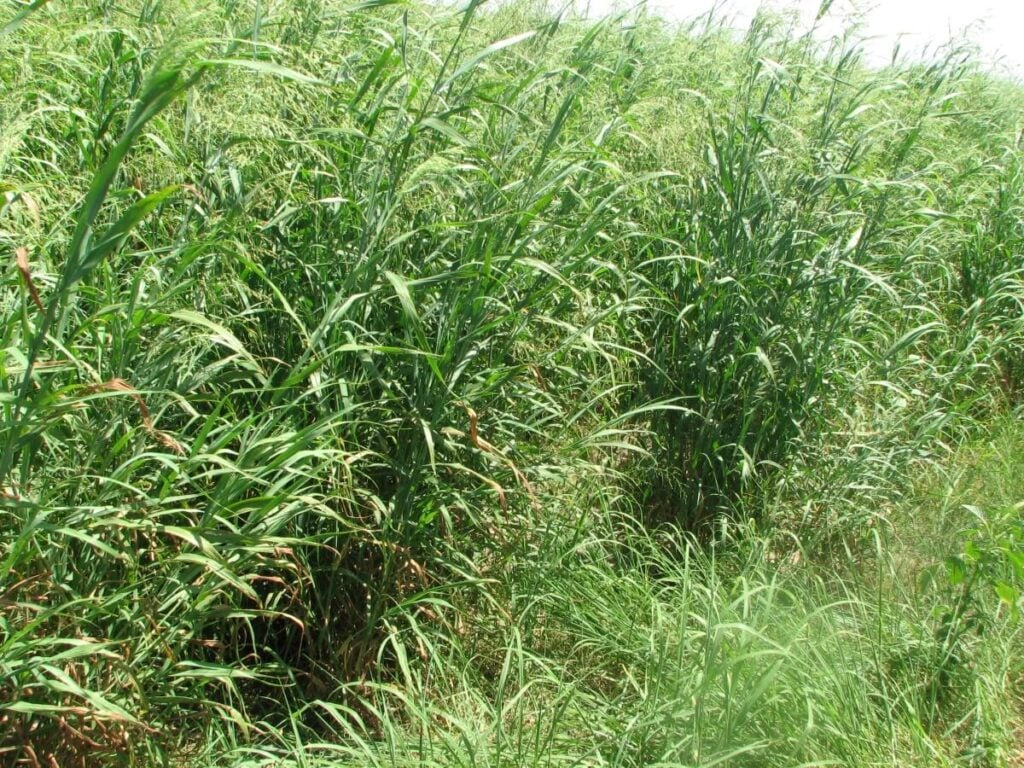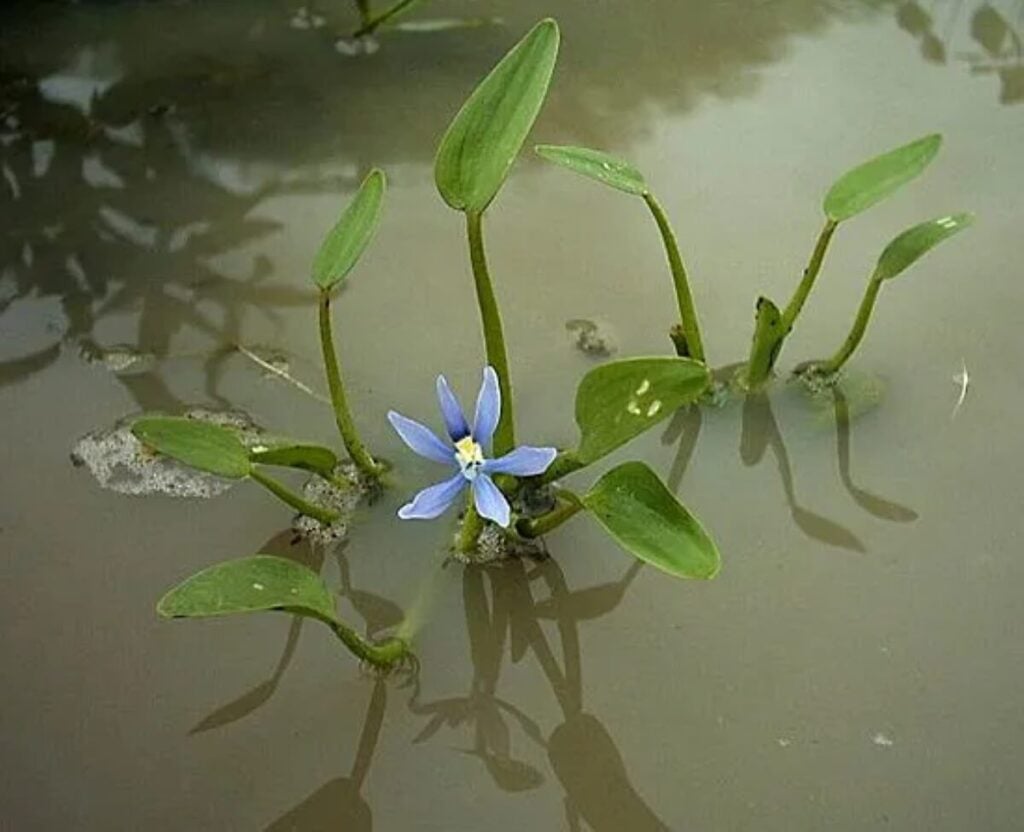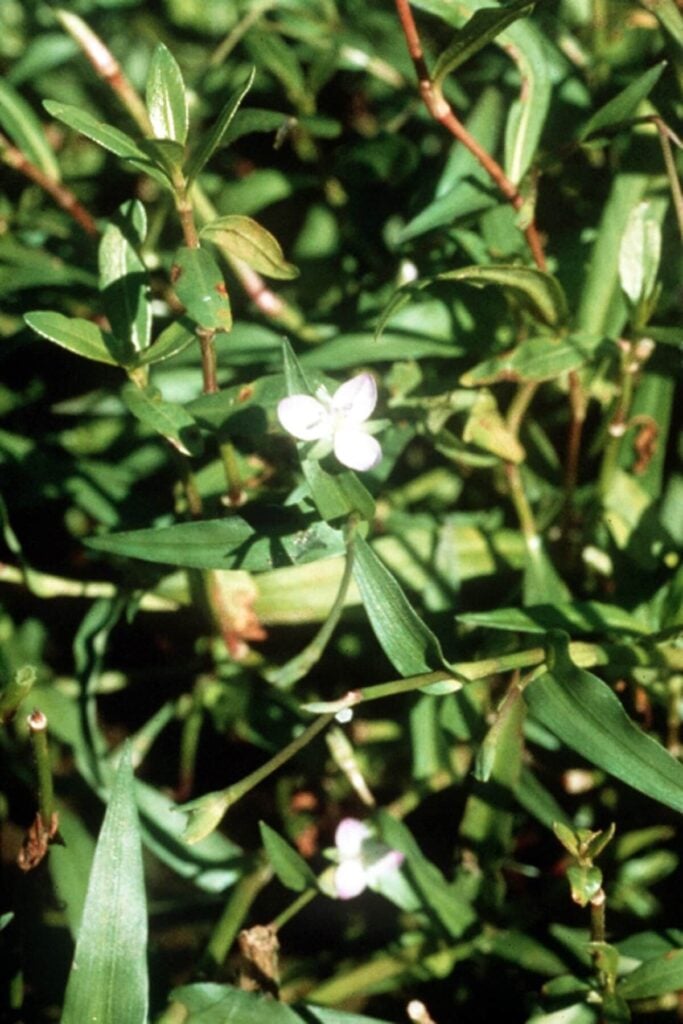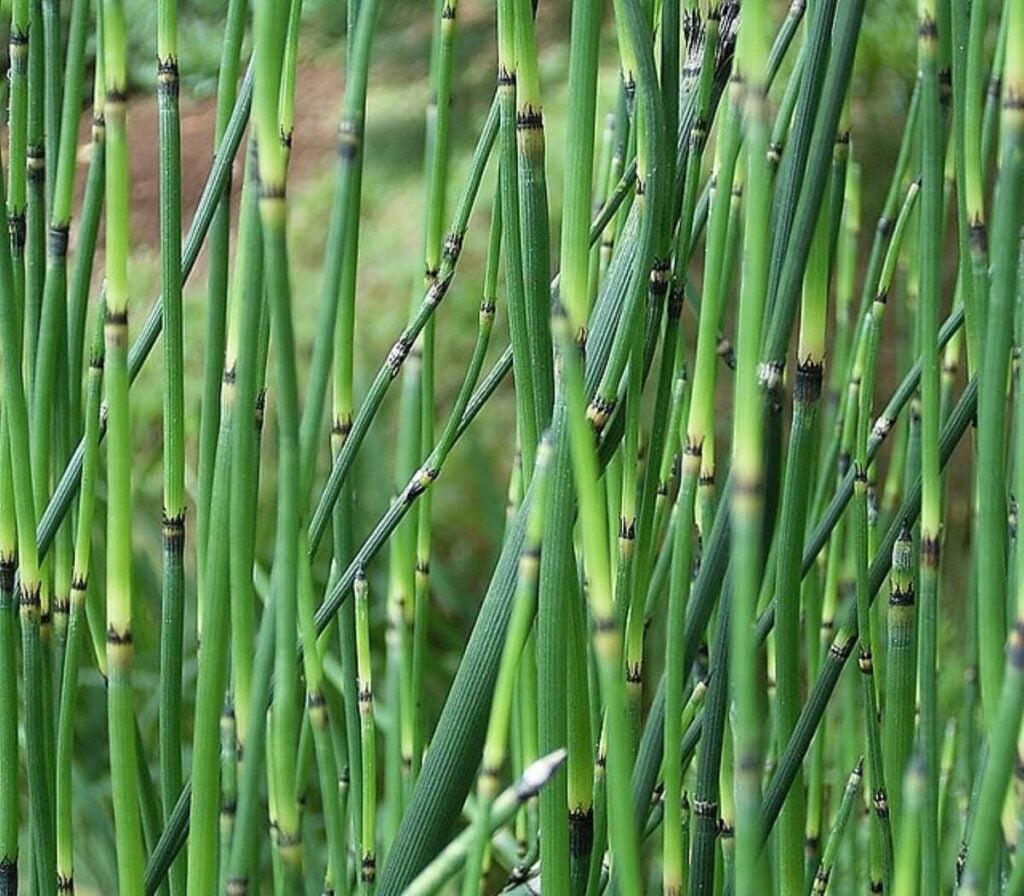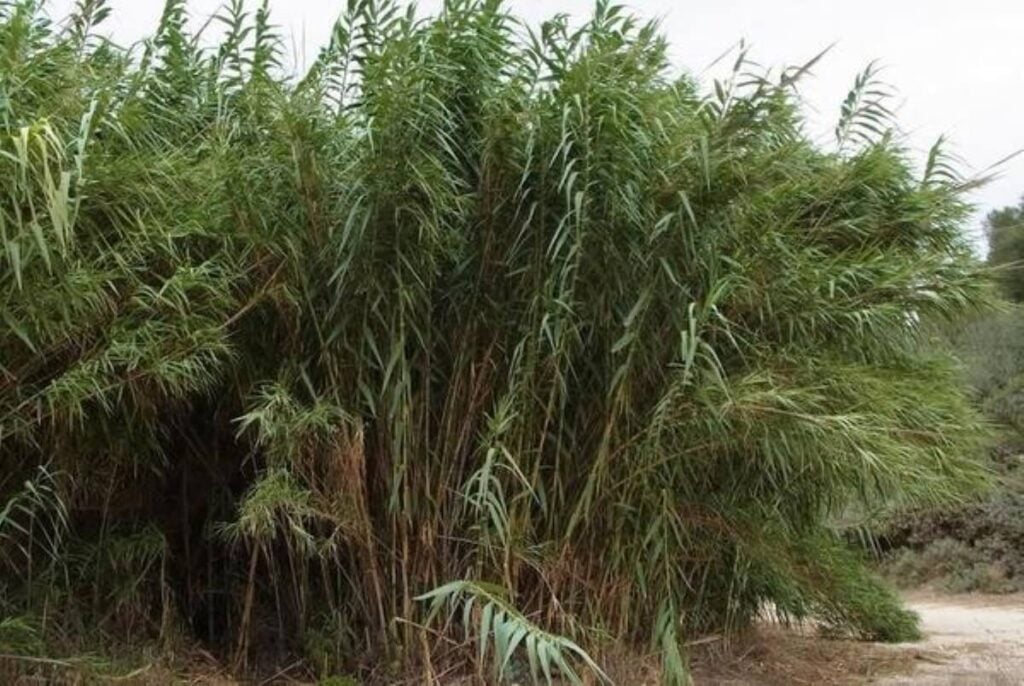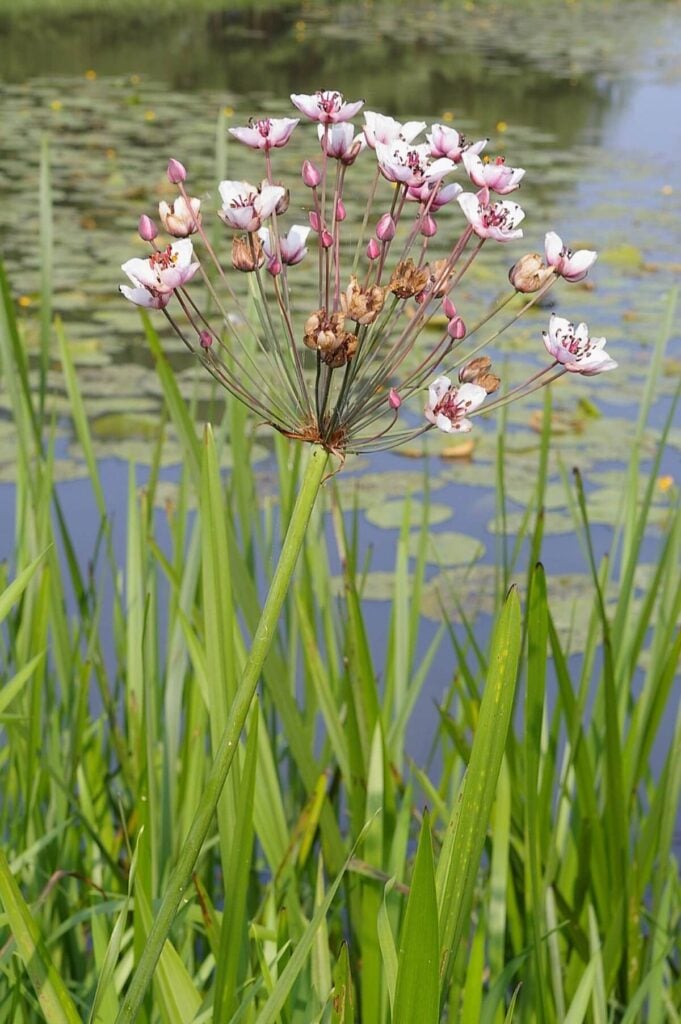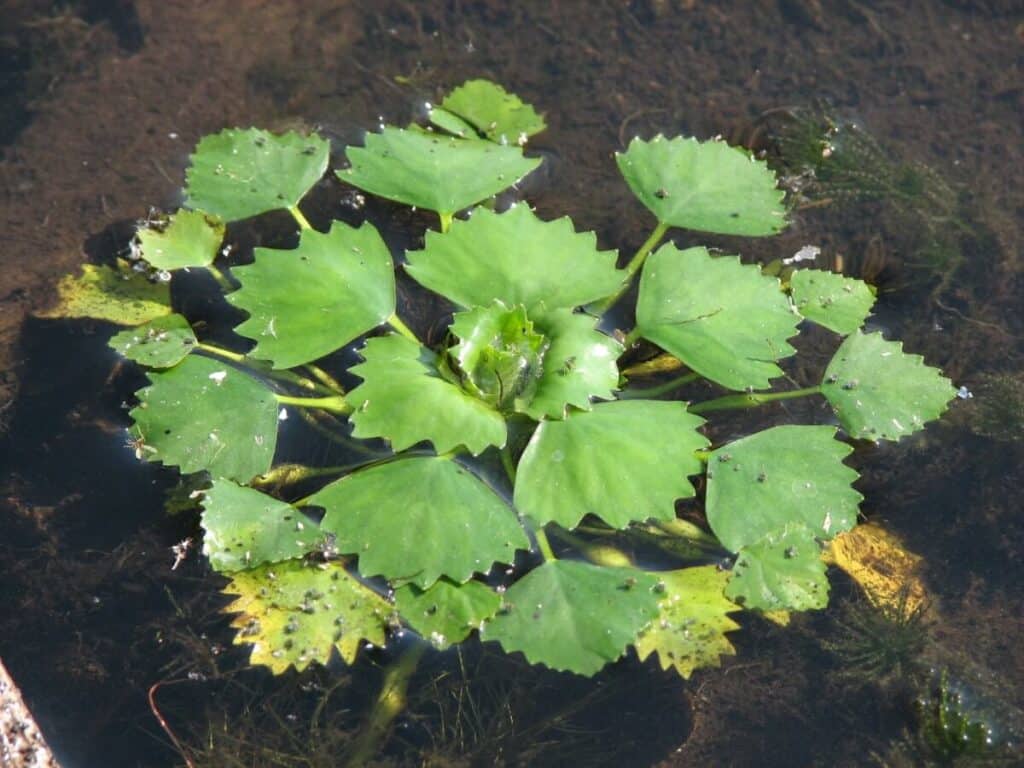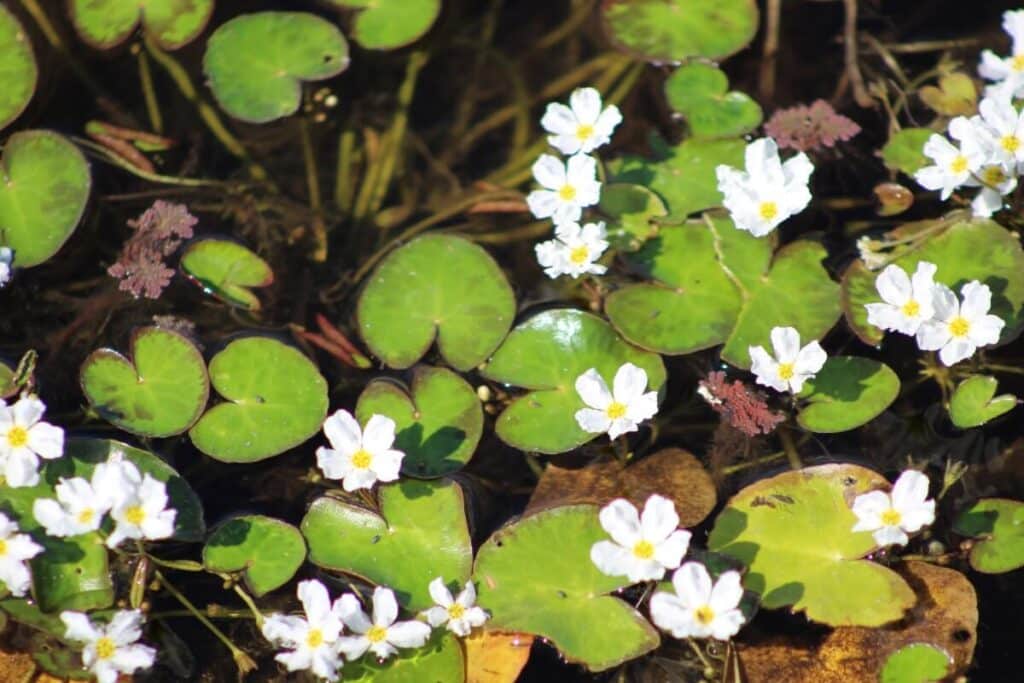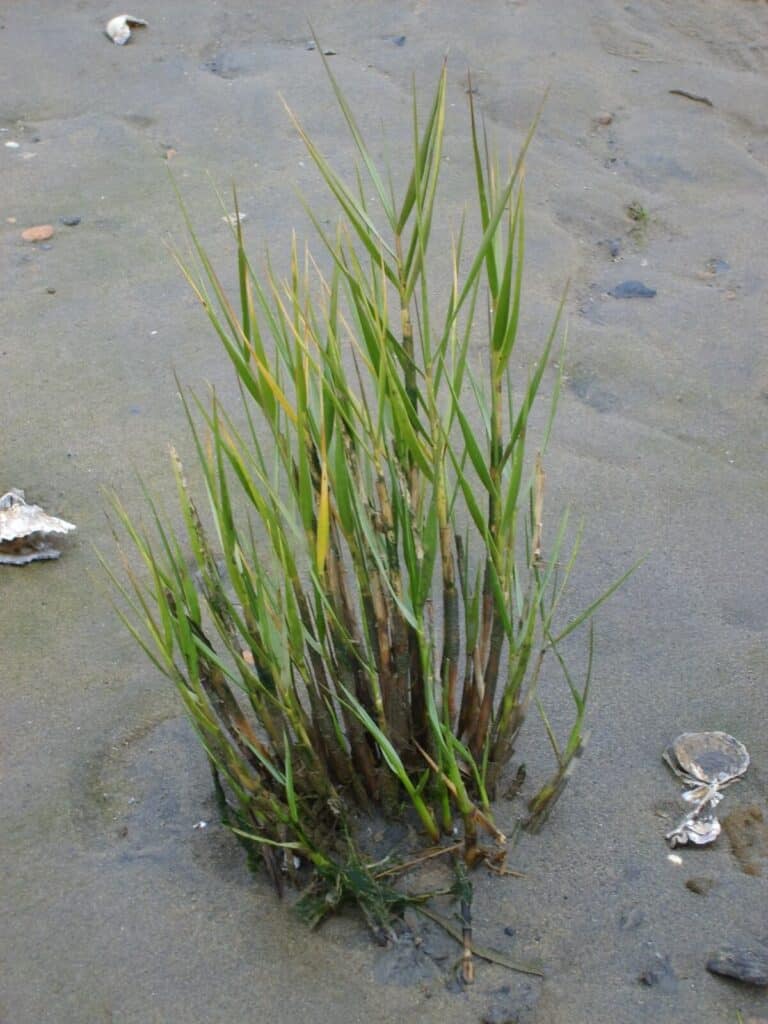Weed Control
How to Control Aquatic Weed Types and Aquatic Plants
Ponds grow a variety of pond weed types, many of which look similar. The aquatic weed identification information below lists the most common weed types -- including emergent, submerged, and floating weeds -- to help you explore and identify aquatic weeds in your pond or lake.
For those looking for weed control solutions, Lake Restoration has developed all-in-one pond and lake weed control kits that make it unnecessary to identify the type of weeds in your pond. Feel free to use the information below to facilitate your pond weed identification goals, or contact us today to talk to our customer support team about the right control product for your pond or lake.
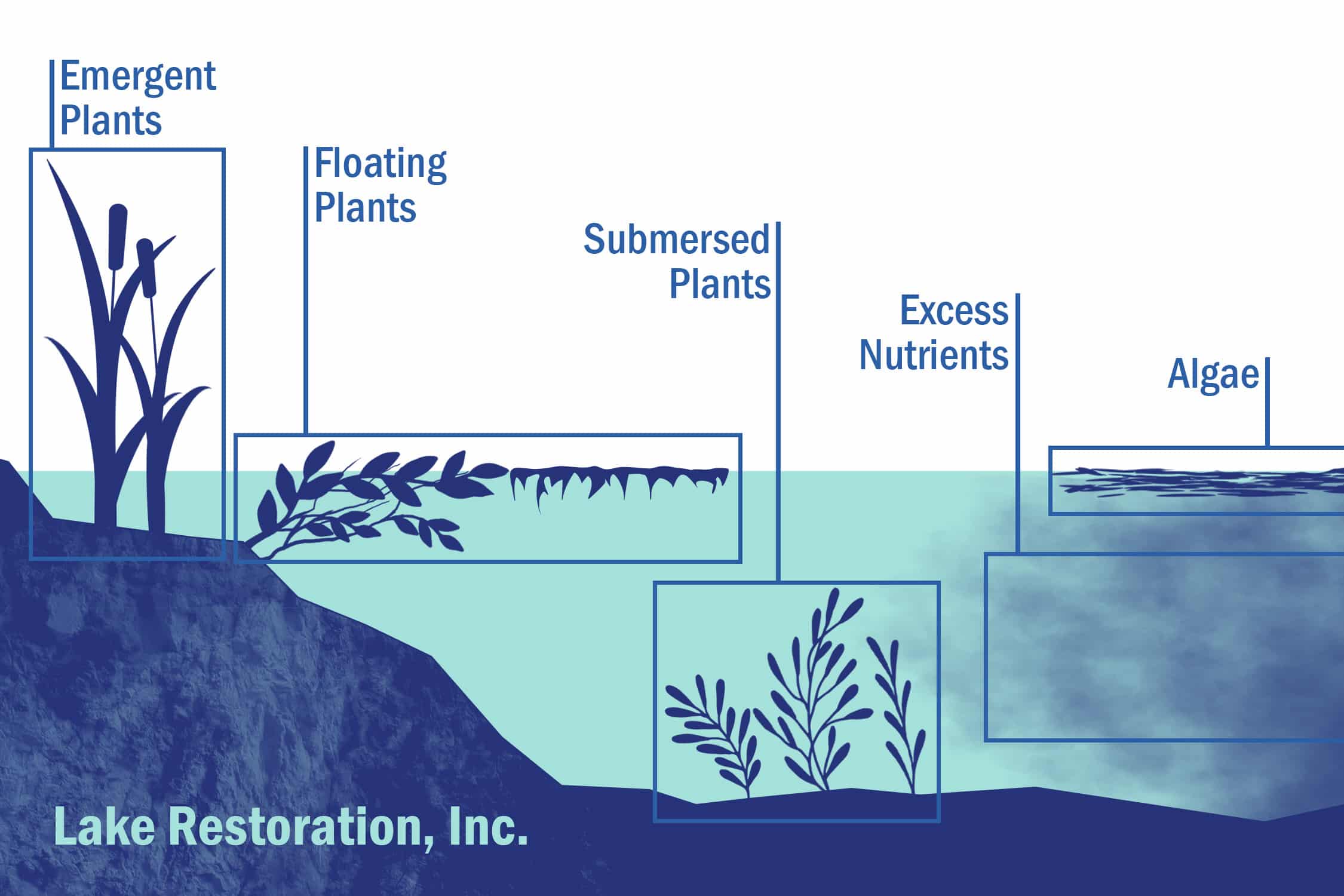
Turtleweed
Turtleweed forms large colonies and looks shrub like. Pale green leaves are thin and curl slightly. Turtleweed has a strong odor.
Sweetflag
Sweetflag leaves grow in clusters from horizontal underground stems. Simple leaves are bright green and up to six feet long.
Spotted Water Hemlock
Clusters of tiny white flowers grow atop this poisonous plant. Spotted water hemlock grows two to six feet tall and has compound leaves.
Spikerush
Spikerush stems are straight and grow in clusters from the rhizomes. There are no leaves; flowers grow atop the stems.
Smooth Waterhyssop
Smooth waterhyssop has many branches with bright green leaves that are succulent and thick. Small white flowers can be tinged with blue or pink.
Smartweed
Swamp Smartweed: Swamp smartweed has sword shaped leaves and small flowers that grow in clusters at the ends of branches. Flowers are greenish white with pink t...
Salt Grass
Salt grass has rigid stems and grassy leaves that grow one to six inches long. Tan spikelets hold wide spiky flowers up to three inches long.
Reed Mannagrass
Reed mannagrass has light green stems that can be more than eight feet tall. Rough leaves are angled out of the stem and grow nearly two inches wide.
Reed Canarygrass
Reed canarygrass has tall round stems with alternate leaves that are tapered. Straw colored seed heads grow at the tops of the stems.
Pond Sedges
Pond sedges grow six inches to four feet tall. Leaves have pointed tips and sometimes bend over. Flower spikelets grow in a spiral and are usually brown.
Water Pennyworts
Water pennyworts have long thin stems, long thin leaf stalks, and leathery bright green leaves that are mostly circular with frilly edges.
Panic Grass
Panic Grass: Grass like leaves are linear and flat or folded, growing two to six feet tall. Branching flowers grow in clusters and look brownish.
M...
Mud Plantain
Mud plantain’s stems and leaves emerge; leaves are sword or egg shaped and leathery. Flowers have five thin petals and are usually purplish blue.
Marsh Dewflower
Marsh dewflower has round stems, lance shaped leaves, and flowers with three petals that are pinkish purple on the edges and white in the center.
Horsetail
Woody cylindrical stems stand alone with nodes every four to six inches that have blackish rings. Horsetail can grow up to nine feet tall.
Giant Reed
Giant reed has thick round stems that grow in large clumps and can be six to 18 feet tall. Alternate leaves grow up to two feet long.
Flowering Rush
Flowering rush can be submersed or emersed and has round stems that can grow up to four feet tall. Clusters of pink flowers grow on a single stalk.
European Water Chestnut Plant
European water chestnut leaves form rosettes on the water as they float. Each floating leaf is triangular shaped with saw-tooth margins.
Crested Floating Heart
Crested floating heart has heart shaped leaves eight inches long and six inches wide and showy flowers with frilly white petals and yellow centers.
Cordgrass
Cordgrass has hollow stems grouped together up to eight feet tall. Leaves are spine like and clustered flowers branch loosely.


